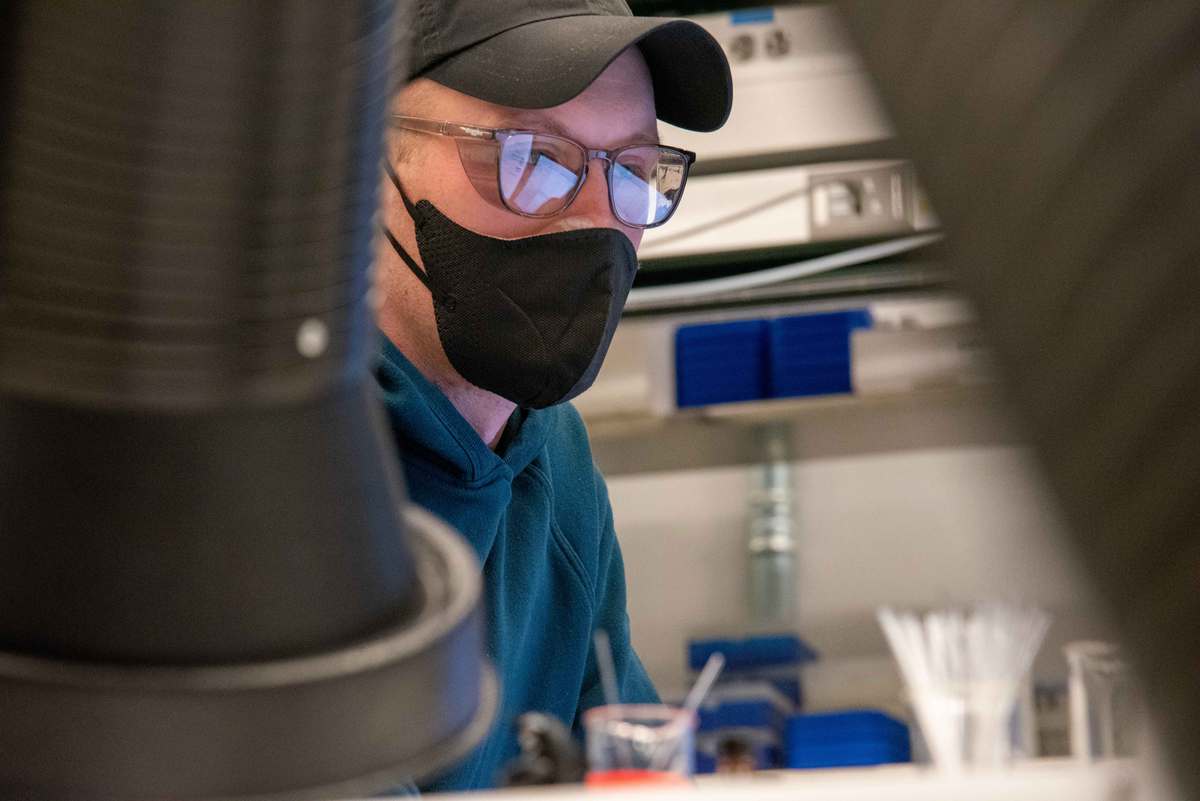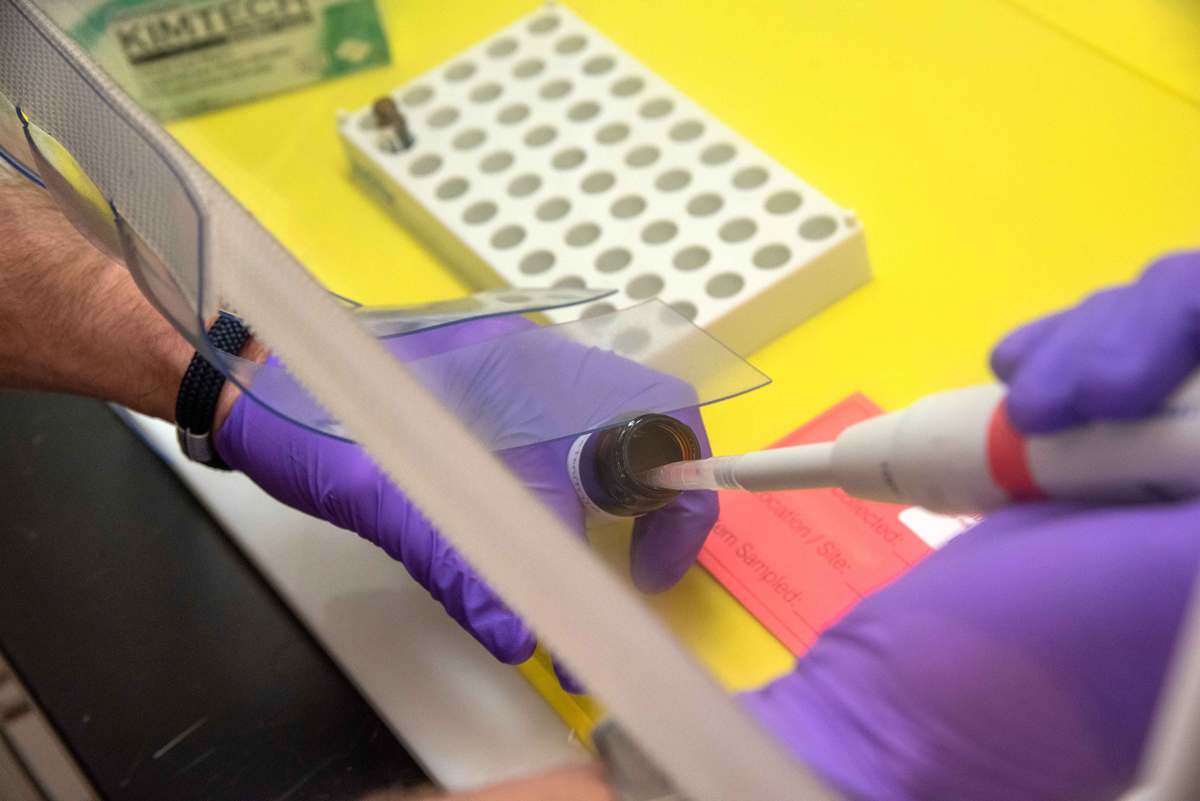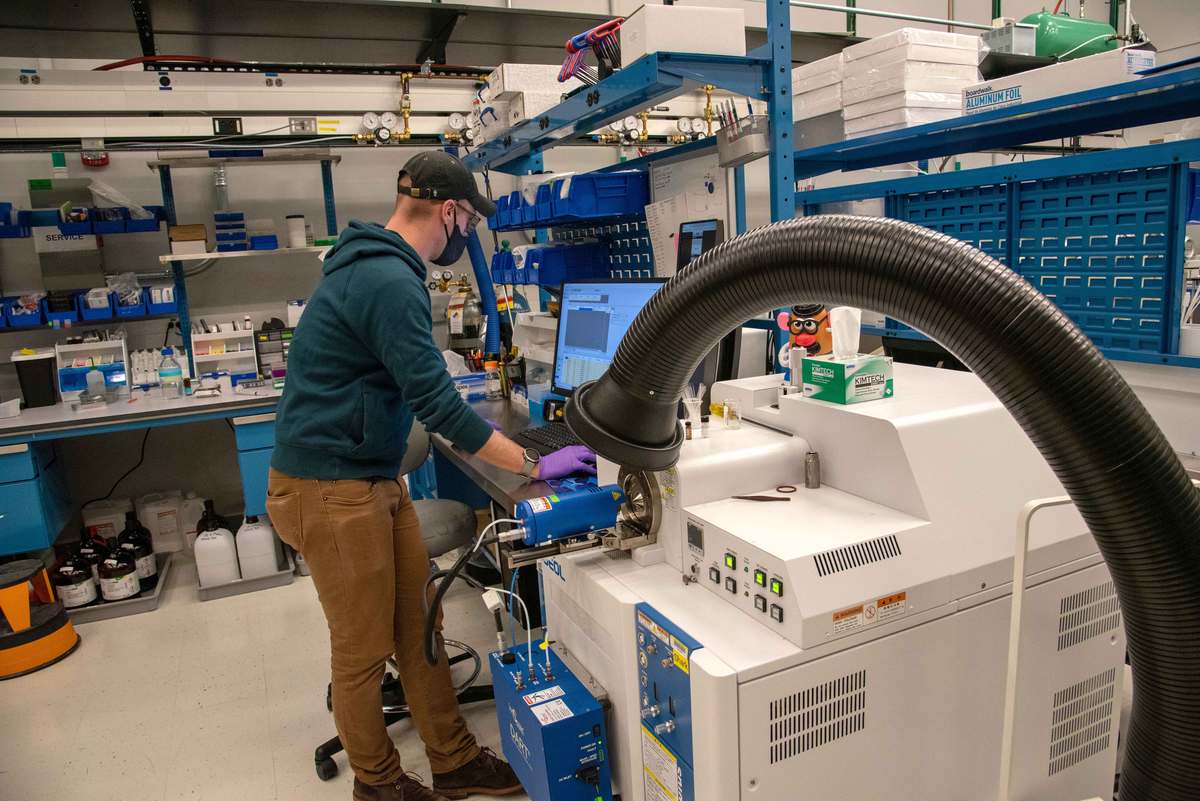
About every 6.5 minutes in 2021, a person in the U.S. died because of opioid abuse. That’s more than 80,000 people in just a year. While the dangers of opioid addiction have been well documented in recent years, less often discussed are the unknowns people encounter when using street drugs such as heroin or fentanyl.
When you buy a medication at a pharmacy, you know what’s in it. Pharmacists make sure it’s safe. When someone buys street drugs, they have no idea what they’re really getting. A person who thinks they purchased heroin could get fentanyl — a substance up to 50 times more potent. As little as 2 milligrams of fentanyl can be lethal, depending on various factors.
Like pharmaceuticals, the active ingredient in a street drug is rarely the only ingredient. Street drugs can contain a range of other substances that could enhance the high, mask a drug’s negative side effects, or be used to dilute the drug to lower the risk of overdosing.
Many of these substances are concerning. Xylazine, a veterinary sedative, is increasingly being found in combination with fentanyl and can cause wounds at the injection site that lead to amputation. Brodifacoum, the active ingredient in rat poison, has also been found in the drug supply.
Knowing What Drugs Are Present in a Community Is Crucial for Public Health and Safety
The risk of this uncontrolled and ever-changing drug market extends not only to people who use drugs but also to law enforcement, first responders, public health personnel and forensic scientists. These professionals encounter these substances as part of their jobs. Our group at NIST has been researching ways to analyze street drugs for the past decade.
Before 2021, we were largely focused on helping forensic laboratories determine what drugs were present. At that time, state forensic laboratories were the only source for this information. And while helping forensic laboratories was vital work, we realized these labs were not able to provide the most up-to-date information on the street drug picture in any given community.
Due to the influx of requests, there is often a multi-month lag in reporting results, which makes timely use of the data difficult. Because the mission of the forensic science laboratories is to assist in identifying controlled drugs for prosecution, other substances present in samples are often not reported. This may include substances that are not illegal but could still cause harm or be used to link similar samples together.
Other, limited, information came from needle exchange sites where fentanyl test strips provided information on whether fentanyl was present in samples.
Program Uses Public Health and Law Enforcement Partnerships to Test the Street Drug Supply
In 2021, we changed our approach. Recognizing the lack of knowledge of what substances are present in the street drug supply, officials and scientists from the Maryland State Police, Maryland Department of Health, Washington Baltimore High Intensity Drug Trafficking Area and NIST met to develop a collaborative solution. The result was the Rapid Drug Analysis and Research (RaDAR) program.
When building RaDAR we knew we had to provide three things:
- timely data,
- determinations on both the drugs and other substances in the sample, and
- the ability to get samples and information from both the law enforcement and public health communities.
We decided to build the program on previous research we completed that showed you can detect drugs that were, or are, in a piece of paraphernalia (a small plastic bag, a pill bottle or syringe) from the invisible residue that is left behind when a package is filled, emptied or otherwise used.

Using the invisible residue increased the number and types of samples we could get information from and made collecting samples safer. Broadly, the residue was going to be collected from suspected and used drug paraphernalia and sent to our laboratory for analysis. In our lab, all substances present in the sample, not just the drug, can be identified.
The process enabled samples to be collected by both law enforcement — who encounter suspected drugs and drug paraphernalia in routine work — and public health personnel — who interact with people who use drugs at needle exchange sites.
At the end of 2021, personnel at select sites and agencies across Maryland were trained on how to collect the residues safely. It’s similar to how TSA agents check your luggage for explosives and other security risks at the airport. They mailed the samples to NIST, and we analyzed them using an instrument that can detect all the substances present in a few seconds. The technique is known as direct analysis in real time mass spectrometry (DART-MS). This tool allows us to provide near real-time dissemination of results back to the submitting agencies.
Since the RaDAR program launched in October 2021, we have collected and analyzed over 1,000 samples from agencies across Maryland. We have provided a never-before-seen glimpse into the street drug landscape across the state.
NIST Data Provides an Early Warning System to Communities
This data resulted in several eye-opening observations and unexpected outcomes.
We were surprised by the number of samples that contained fentanyl instead of heroin. Virtually all opioid samples were found to contain fentanyl. Less than 3% of opioid samples contained heroin.
We have also been able to monitor the influx of xylazine, the dangerous veterinary drug, into the opioid supply in real time. This has allowed health care providers at needle exchange sites to better treat wounds from drug use.
This data has also allowed us to identify new compounds. Medetomidine, another veterinary drug, and nitazenes, a newer class of opioids, have been found in street drugs because of our testing.
This information has allowed public health officials to warn the community.
Read more about these findings in a NIST news article about identifying new illicit drugs in Maryland.
Information Empowers Communities and Individuals to Deal With the Ramifications of Street Drug Use
Access to this information has other benefits that I never thought of when we started with this project. Public health workers at needle exchange sites have informed people who use drugs of what substances might be present in the powders or pills they are consuming. Multiples sites now have whiteboards on the walls letting people know what substances have been recently identified.
This information has also led to more informed treatment of wounds that can occur when injecting drugs, as linkages can now be made to wound types and substances a person used.
Knowing the substances present in these powders and pills has also led some people who use drugs to seek addiction recovery treatments due to the potential risks of overdose. The information empowered them to make different decisions.
This information has also benefited law enforcement officials as it allows them to track new drugs and substances in real time and alert their officers to dangers that may be present.
The forensic science laboratories have also benefited. They now have a heads-up on what the new substances on the street are, enabling them to proactively be on the lookout when analyzing cases.
When we first started the program, I was excited by the opportunity to test out our research on real-world samples. As a researcher, especially forensic science, getting access to real-world samples is often the most difficult part of any project.

I had no idea how needed this information was to everyone involved in the street drug space. Simply knowing what is in the drugs can have profound impacts on people’s lives. This project has also given me a deeper appreciation for the complex, intertwined missions of law enforcement and public health. It has highlighted the benefits of fostering collaborations across communities.
Since the pilot began in October 2021, we have expanded testing capabilities to all 22 needle exchange sites across Maryland, as well as an increasing number of law enforcement task forces.
We are working to bring other locations on board to providing this valuable data to a broader population. We are trying to identify pathways to provide this testing to any agency in the country that is interested.
Future Research Is Needed to Expand Our Impact
There are additional research questions we are trying to answer, too.
How do we identify a new, never-before-seen drug? How do we provide quantitative data more quickly? Currently, we can simply tell what substances are present. We’d like to work toward being able to provide more quantitative data, such as if a sample has five times as much xylazine as fentanyl.
Perhaps most importantly, we are trying to determine how to best get this information to the broadest population and foster the necessary collaborations with everyone whose work involves people who use drugs.
While the RaDAR program is not the only solution to the opioid epidemic, we can provide data that could drive law enforcement and public health efforts in making a lasting, measurable impact.
Source: NIST.gov

